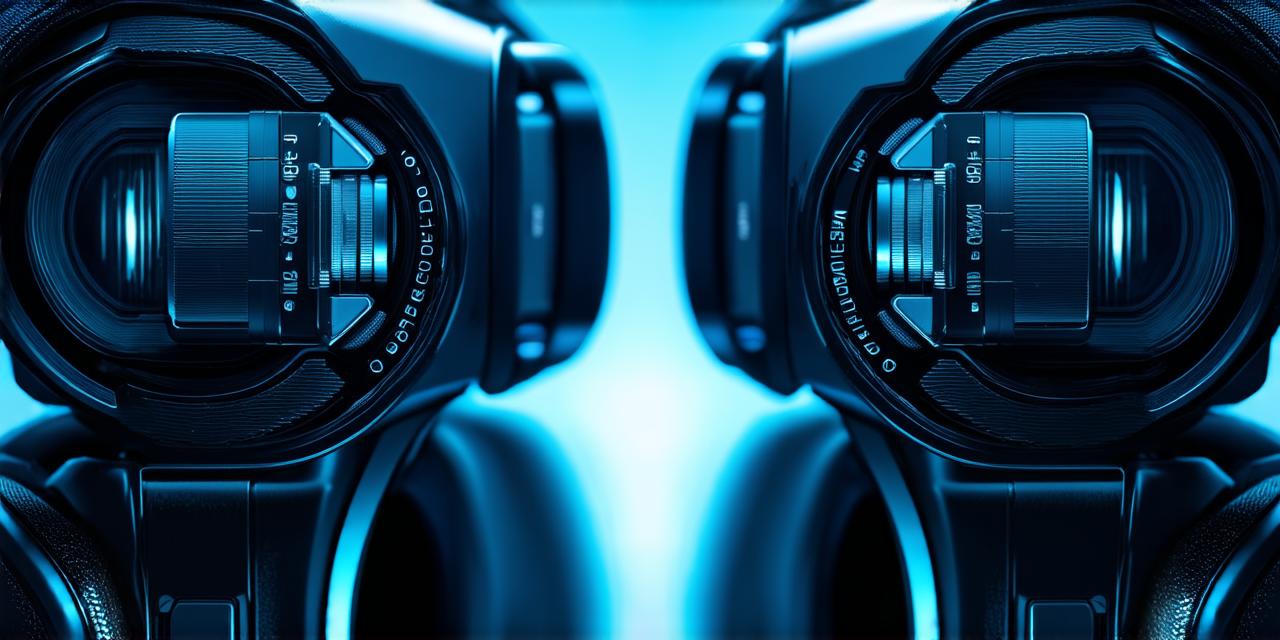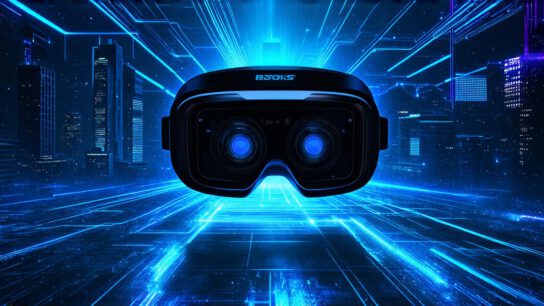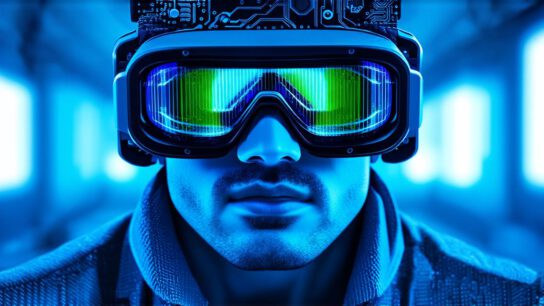Virtual Reality Headsets: Understanding Their Components and Operation
Virtual reality (VR) headsets are devices worn on the head that track the user’s movements and provide a 360-degree view of a virtual environment. There are two main types of VR headsets: wired and wireless. Wired VR headsets require a cable connection to a computer or gaming console, while wireless VR headsets use radio frequency (RF) or Bluetooth technology to connect wirelessly to a device.
Components of Virtual Reality Headsets
Virtual reality headsets consist of several components that work together to provide an immersive experience for the user. These components include:
- Display screens: Virtual reality headsets typically have two display screens, one for each eye, which project stereoscopic images into the user’s field of vision. The displays can range in resolution from 960 x 1080 pixels to 2160 x 2160 pixels and are often OLED or LCD panels.
- Tracking sensors: Tracking sensors, such as accelerometers, gyroscopes, and magnetometers, track the user’s head movements and adjust the image displayed in real-time to match the user’s perspective. This allows for a more realistic and immersive experience.
- Lenses: Lenses are used to correct any optical distortions caused by the display screens and to focus the images onto the retina of the eye. Some VR headsets use fixed lenses, while others have adjustable lenses that can be customized for each user’s needs.
- Input devices: Input devices, such as controllers or gloves, allow users to interact with the virtual environment and perform actions within it. These input devices can range from simple button-based controllers to more advanced motion capture systems that track the user’s hand movements in real-time.
How Virtual Reality Headsets Work
Virtual reality headsets work by capturing the user’s movements and adjusting the image displayed in real-time to match the user’s perspective. This process involves several steps:
- Calibration: Before using a virtual reality headset, it must be calibrated to ensure that the tracking sensors are accurately detecting the user’s head movements. This typically involves following a series of prompts on the headset’s display screen or through a separate computer or console.
- Tracking: Once the VR headset is calibrated, it uses a combination of accelerometers, gyroscopes, and magnetometers to track the user’s head movements in real-time. This data is then used to adjust the image displayed on the screen to match the user’s perspective.
- Rendering: The VR headset’s computer or console uses the tracking data to render the virtual environment and display it to the user. This process involves several stages, including object modeling, texture mapping, and lighting simulation.
- Display: The rendered image is then displayed on the VR headset’s display screens, which project stereoscopic images into the user’s field of vision. The displays can range in resolution from 960 x 1080 pixels to 2160 x 2160 pixels and are often OLED or LCD panels.
- Audio: Virtual reality headsets often come equipped with built-in headphones or external speakers that provide 3D audio to enhance the immersive experience. Some VR headsets also support spatial audio, which allows sounds to be placed in a specific location within the virtual environment.
Advancements in Virtual Reality Technology
Virtual reality technology is constantly evolving, with new advancements being made in several areas. Some of the most exciting developments in VR include:
- Eye-tracking technology: Eye-tracking technology allows VR headsets to track the user’s eye movements and adjust the image displayed in real-time based on where the user is looking. This can improve the immersive experience by making it feel more natural and intuitive.
- Haptic feedback: Haptic feedback technology allows users to feel sensations within the virtual environment, such as vibrations or pressure changes. This can enhance the sense of realism and make the VR experience even more immersive.
- Wireless connectivity: Wireless VR headsets that use RF or Bluetooth technology are becoming increasingly popular, as they offer greater freedom of movement and do not require a cable connection to a computer or gaming console.
- Hand tracking: Hand-tracking technology allows VR headsets to track the user’s hand movements in real-time, allowing them to interact with virtual objects in a more natural and intuitive way. This can improve the immersive experience and make it easier for users to perform tasks within the virtual environment.
- Foveated rendering: Foveated rendering is a technique that allows VR headsets to render high-quality graphics only in the area where the user is looking, reducing the amount of processing power required and improving performance. This can be particularly useful in applications where the user has limited computing resources.
Case Studies in Virtual Reality Development
Virtual reality technology is being used in a variety of industries, from gaming to medicine to education. Here are a few examples of how VR technology is being used:
- Gaming: Virtual reality headsets have revolutionized the gaming industry, allowing users to experience immersive and interactive games like never before. Games such as "Beat Saber," "Job Simulator," and "Astro’s Playroom" are designed specifically for VR and offer unique and engaging experiences that can only be found in virtual reality.
- Medicine: Virtual reality technology is being used in medicine to simulate surgical procedures and train medical professionals. For example, the University of California San Francisco (UCSF) has developed a VR-based surgical training program that allows doctors to practice complex procedures in a safe and controlled environment.
- Education: Virtual reality technology is also being used in education to create immersive learning experiences. For example, the University of Maryland has created a VR-based biology course that allows students to explore the human body in 3D and interact with virtual cells and organs.



